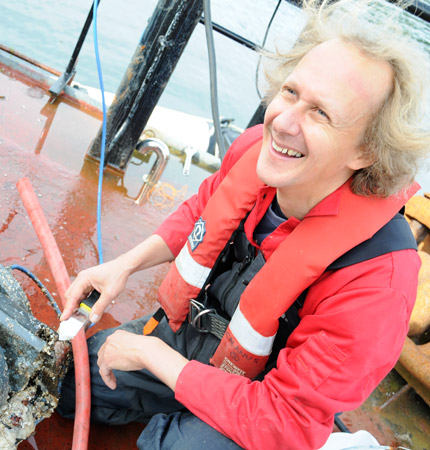Post-catch survivability of discarded Norway lobsters (Nephrops norvegicus): Further investigations within the large-scale fleet operation
Background / overview
The aim of the reformed Common Fisheries Policy (CFP, Regulation (EU) 1380/2013) is the sustainable long term exploitation of living marine biological resources at levels which contribute to beneficial environmental, economic and social conditions. A key element is the encouragement of more selective fishing strategies through the introduction of a landing obligation, colloquially termed ‘discards ban’.
Within the reformed CFP there are some allowable exemptions to the requirement to land all catches subject to quotas. One of these exemptions is for those species where evidence indicates high post-catch survivability. This is a sensible measure in that landing these species to port would only increase overall fishing mortality and lead to additional disposal costs for no real conservation benefit.
According to a recent report from the Scottish Industry Discards Initiative the species identified to be good candidates for the definition of ‘Highly survivable’ include plaice, sole, dab and Norway lobster (Nephrops norvegicus).
This project is focused on Nephrops and builds on a previous project funded by FIS conducted by the same consortium which generated new data on survival of discarded Nephrops. Previous work undertaken in FIS07 indicated a high post-catch survivability of this crustacean species after a 48h recovery period in tube-sets (2). However, this study was undertaken in a trawl commercial vessel that mainly targeted the live Nephrops market, which is characterised by relatively short hauls and low volume catches so that data based on this fishery cannot be translated to other larger-scale Nephrops fisheries such as those operating on the Scottish west or east coasts.
Role of SAMS
Field-work
Laboratory recovery trials
Data analysis and report writing



